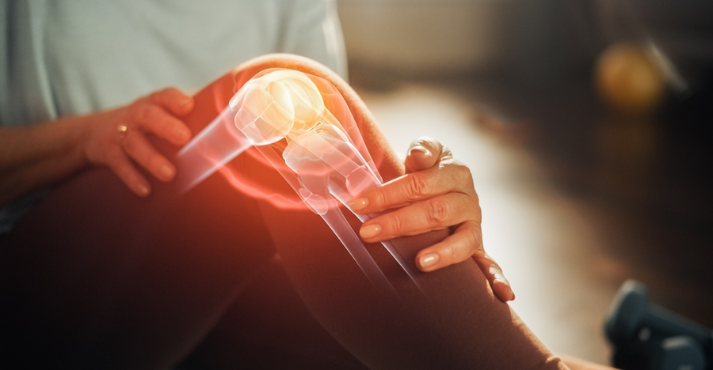Orthopedic trauma refers to injuries to the musculoskeletal system—bones, joints, ligaments, muscles, and tendons—caused by external force, often due to accidents, falls, sports injuries, or violence. These injuries can range from simple fractures to complex, life-threatening conditions involving multiple systems and severe bone and soft tissue damage.
Orthopedic trauma care requires urgent, specialized treatment aimed at restoring anatomy, preserving function, and preventing long-term disability. It often involves multidisciplinary coordination between trauma surgeons, orthopedic specialists, anesthesiologists, and rehabilitation teams.
Common Causes of Orthopedic Trauma
- Road traffic accidents
- Falls from height
- Sports and athletic injuries
- Industrial and workplace accidents
- Assault or physical violence
- Natural disasters (e.g., earthquakes)
Types of Orthopedic Trauma Injuries
Fractures
- Simple or closed fractures
- Open or compound fractures (bone exposed through skin)
- Comminuted fractures (bone shattered into pieces)
- Pathological fractures (due to underlying disease)
- Stress fractures (from overuse)
Dislocations
- Complete displacement of bones at a joint (e.g., shoulder, hip, elbow)
Soft Tissue Injuries
- Ligament tears (ACL, MCL)
- Tendon ruptures (Achilles, rotator cuff)
- Muscle contusions or tears
Polytrauma Cases
- Multiple fractures and injuries in different body regions, often seen in major trauma accidents
Pelvic and Acetabular Fractures
- High-energy injuries involving the hip socket and pelvis; often require complex surgical reconstruction
Spine Trauma
- Vertebral fractures, spinal cord injuries, requiring immediate stabilization and neuroprotection
Treatment Options
Non-Surgical Management
- Suitable for minor fractures or stable injuries
- Immobilization with splints, braces, or casts
- Traction for specific fractures
- Regular monitoring through follow-up imaging
Surgical Management
Complex or unstable trauma cases often require surgical intervention:
- Open Reduction and Internal Fixation (ORIF): Realignment and stabilization using plates, screws, or rods
- External Fixation: Temporary or permanent stabilization using pins and frames outside the body
- Intramedullary Nailing: Used for long bone fractures (e.g., femur, tibia)
- Joint Reconstruction or Replacement: For severely damaged joint surfaces (especially in elderly or complex fractures)
- Bone Grafting or Limb Salvage Surgery: In cases with bone loss or severe trauma
Post-Trauma Rehabilitation
Rehabilitation is critical in orthopedic trauma recovery and may involve:
- Physiotherapy to restore strength, range of motion, and function
- Gait training and mobility aids
- Pain management and psychological support
- Occupational therapy for daily living activities
- Long-term monitoring for complications such as malunion, non-union, or post-traumatic arthritis
Complications of Orthopedic Trauma
- Infections, especially in open fractures
- Delayed union or non-union of fractures
- Malalignment or deformity
- Joint stiffness or reduced mobility
- Nerve or vascular damage
- Chronic pain or post-traumatic arthritis
- Deep vein thrombosis (DVT) or pulmonary embolism (PE)
Prompt and expert management can significantly reduce the risk of these complications.
Why Choose Specialized Orthopedic Trauma Care?
An orthopedic trauma specialist is trained to handle:
- High-energy and complex fractures
- Polytrauma coordination
- Limb-saving surgical techniques
- Bone reconstruction and revision surgeries
- Long-term functional restoration and follow-up
A center with advanced imaging, surgical infrastructure, and critical care facilities ensures the best outcomes in trauma cases.






